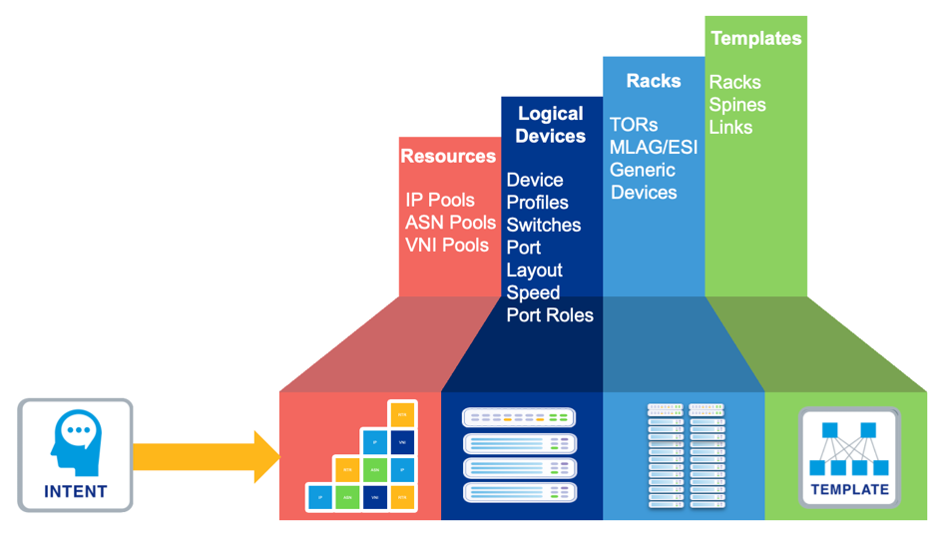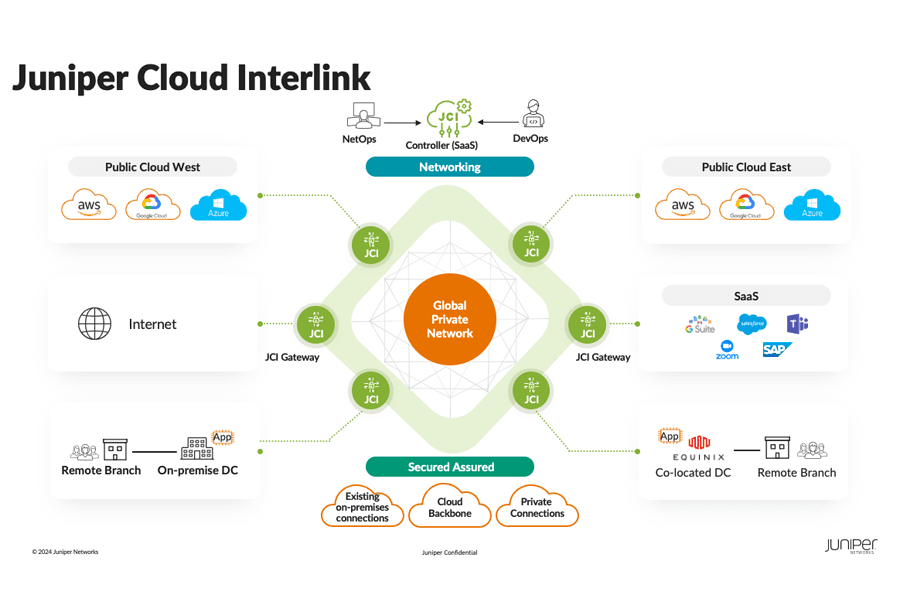The global shortage of technology components is affecting a wide range of industries. For organizations that plan to build a new data center or make upgrades to their existing infrastructure, they’ve undoubtedly felt the impact of hardware delays on their data center deployments. After all, there’s not much data center networking teams can do until the switches arrive.
Or is there?
Prepare Now and Hit the Ground Running When the Arista, Cisco, Dell or Juniper Hardware Arrives
While organizations wait for their switches to be delivered, they can design their physical and logical infrastructure with Juniper Apstra. Apstra is a software-only data center management solution, so it isn’t affected by hardware supply delays. It installs on any server to provide Day 0 through Day 2+ design, build, management, monitoring, analysis and telemetry capabilities.
Using Apstra, network architects can configure single- or multi-vendor topologies, as well as test and validate an Arista, Cisco, Dell Enterprise SONiC or Juniper fabric without having physical devices on hand. This includes:
- Designing single- or multi-vendor physical and logical topology and validating the configurations
- Putting together an accurate, verified cabling plan before switches are racked up
- Using self-documenting software that catalogues guidelines and assures operation teams are operating the network according to the best configuration practices
- Developing and testing API workflows to integrate Apstra with other management systems
- Preparing the data center networking team to fully manage and analyze the network
The Architect’s Intent Is Apstra’s Command
The design begins with the network architect expressing their business and technical intent – or their expectations – for the network. This involves specifying four components:
- Resources, such as what autonomous system number (ASN), VNI and IP address pools (both IPv4 and IPv6) they intend to use
- Logical abstractions of the switches and other devices that will be used in the data center
- The design of each rack and which logical devices go into it
- The template for the full data center network, including how spine switches are attached to tie the racks together into a Clos architecture
Once these components are specified, the template, resources and physical devices can be used to build a working blueprint of the data center network. The template can be used repeatedly to build multiple blueprints. Further, the Apstra platform can adapt the design to different types of hardware and network operating systems so teams can design once and re-use over and over, irrespective of the particular vendor they are using in a given deployment.

Get Deployment Ready
To help data center networking teams utilize wait time as productively as possible, Juniper Networks is introducing a limited-time offer to new Apstra customers. Those that purchase Apstra before the end of 2021 will not only have access to the software in their environments, they’ll also obtain five Juniper CloudLabs seats. This enables customers to pre-stage and validate their network fabric design and begin to build necessary integrations with third-party systems such as ServiceNow, VMware or InfluxDB. Best of all, customers will have these seats until they receive and deploy the hardware.
CloudLabs walks customers through the entire process step-by-step to help them design templates. It even provides pre-defined templates for a variety of data center network configurations. As customers add racks and logical devices, they’re able to watch a preview of the topology unfold, including all of the spine-leaf links.
The CloudLabs environment also allows customers to gain experience with:
- Apstra’s data center automation capabilities across the entire network lifecycle – Day 0 through Day 2+ – including closed-loop remediation, intent-based analytics, root-cause identification and the Intent-Based Time Voyager rollback feature
- Building intent-based analytics (IBA) probes that will continuously test various aspects of the design and ensure the network meets intent
- Apstra APIs and programming against these APIs to integrate Apstra within existing workflows, including interactions with third-party systems such as VMware vSphere, NSX-T, ServiceNow and InfluxDB
To learn more about Apstra and this offer, watch the webinar: 5 Best Practices: Reduce Arista, Cisco, SONiC, Juniper DC Deployment to Days. Customers can also reach out to their account teams to be deployment ready with Juniper Apstra.


